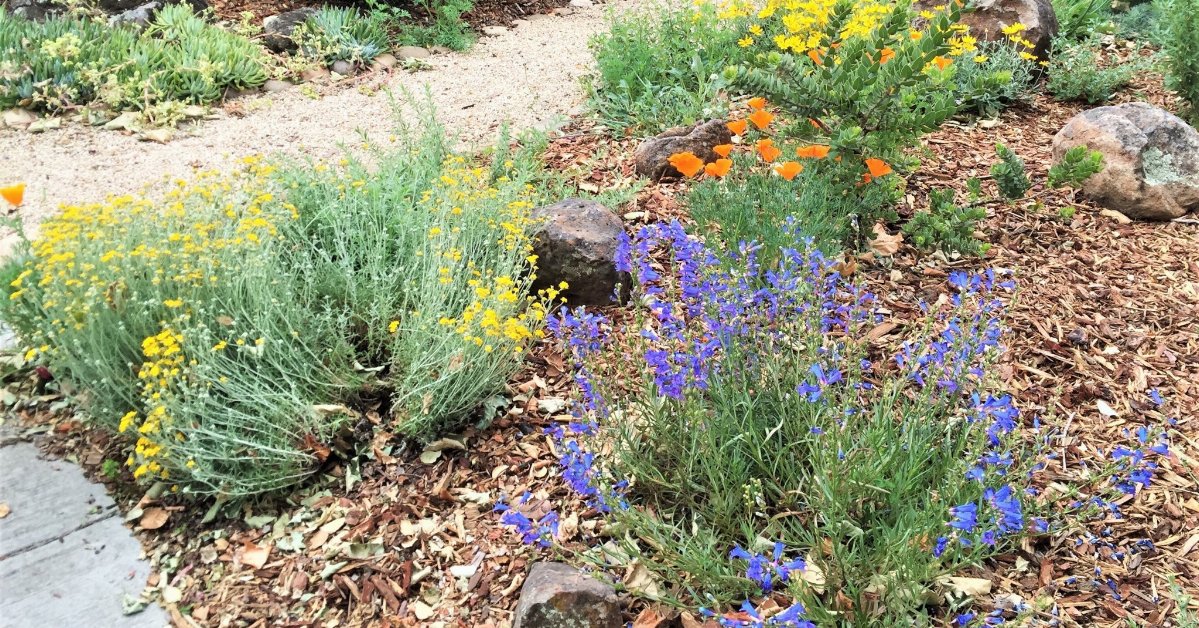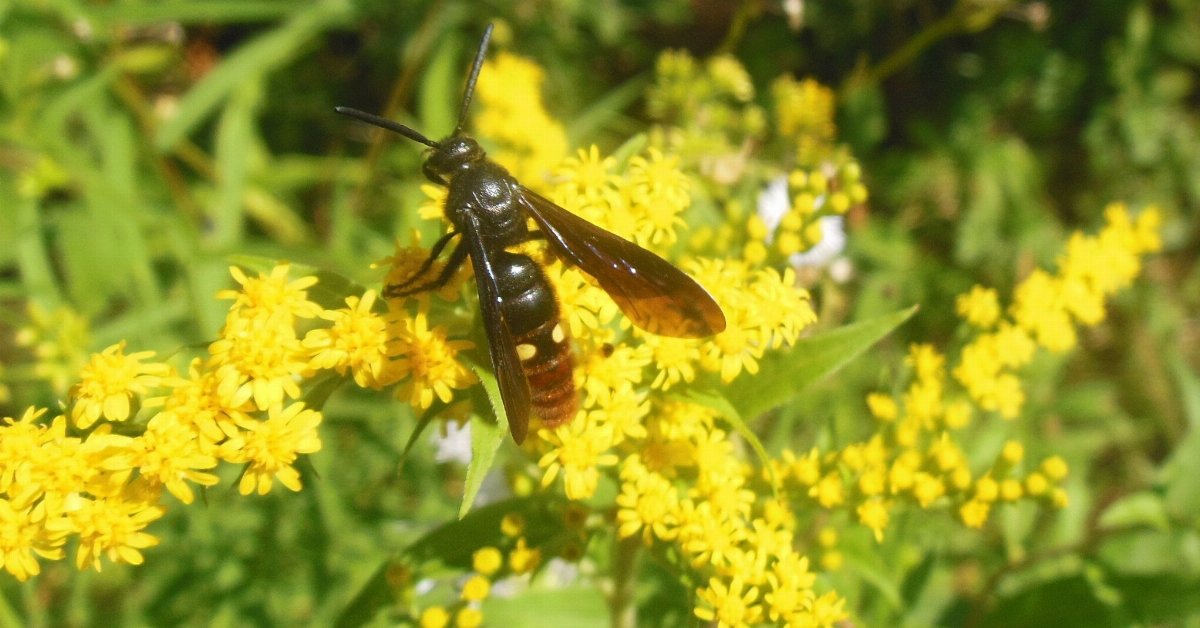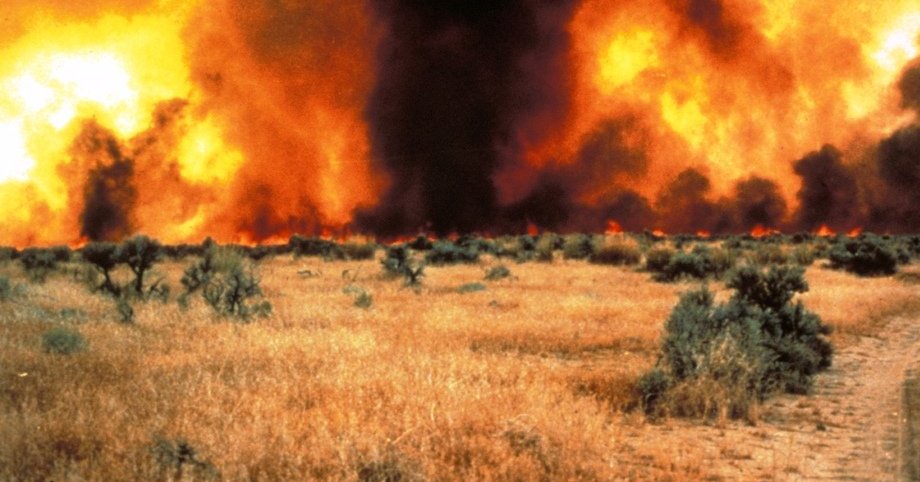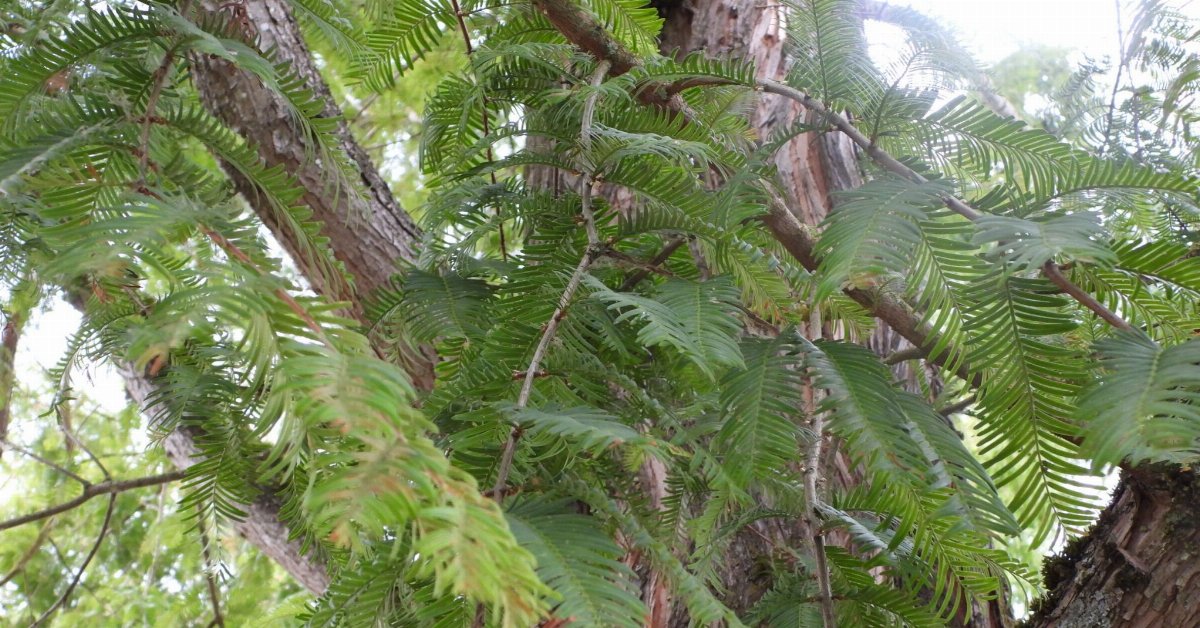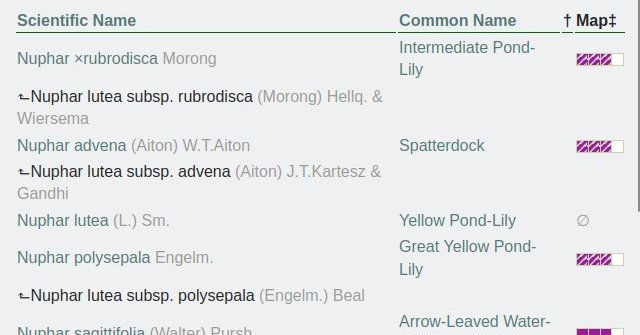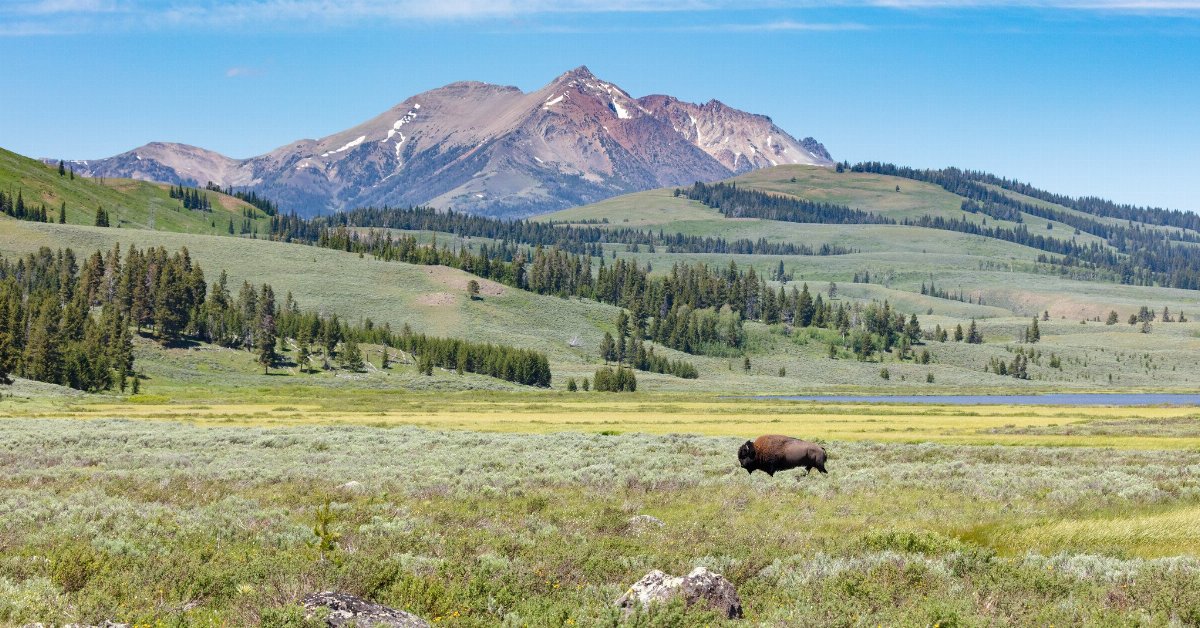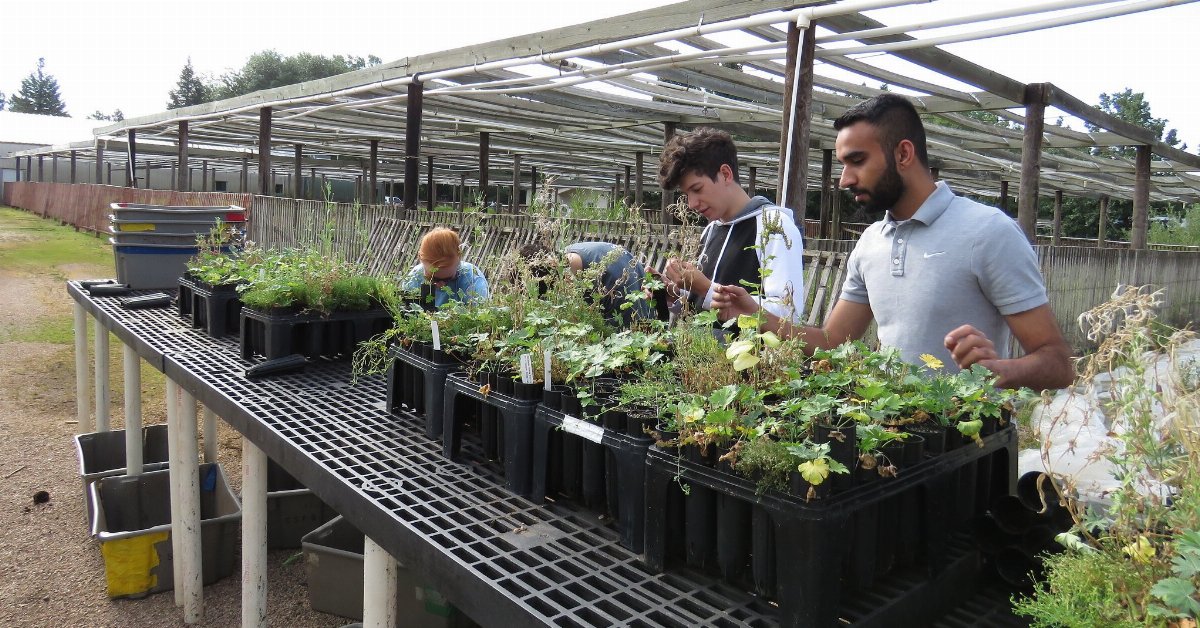Redstem Stork's Bill (Erodium cicutarium)
Updated November 11th, 2025An annual or biennial, native to the Mediterranean, and introduced in North America, where it is most abundant in the arid west, but also widespread throughout the continent.
bplant.org is a website to help you learn about plants and their ecology and distribution, with an eye towards preserving, protecting, and restoring biodiversity.
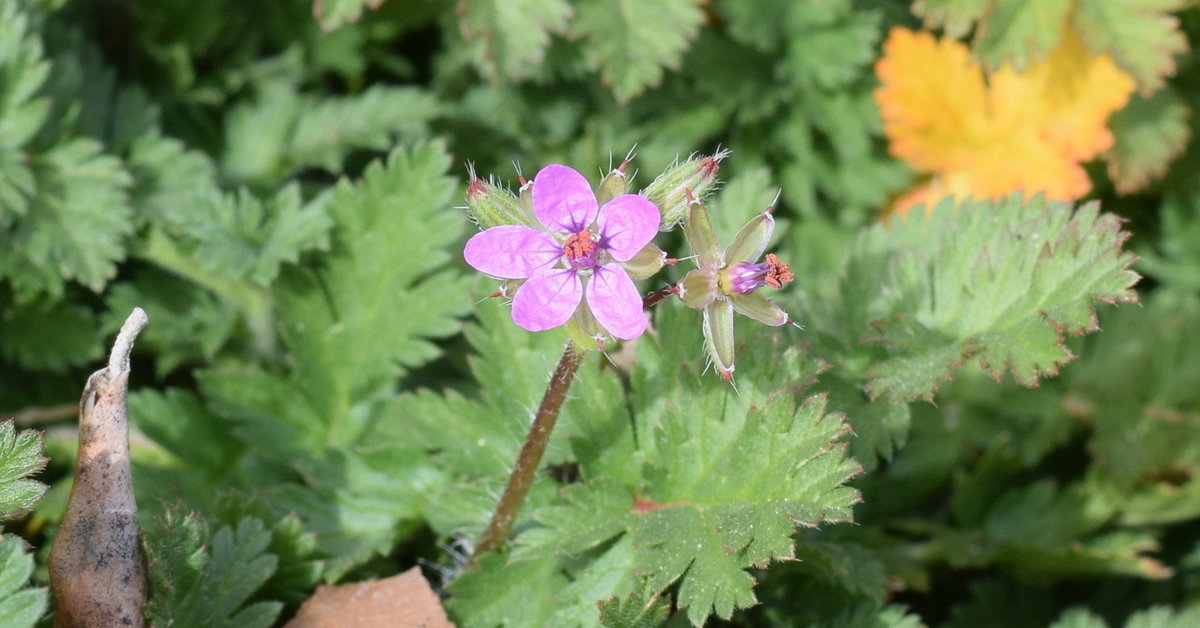
An annual or biennial, native to the Mediterranean, and introduced in North America, where it is most abundant in the arid west, but also widespread throughout the continent.
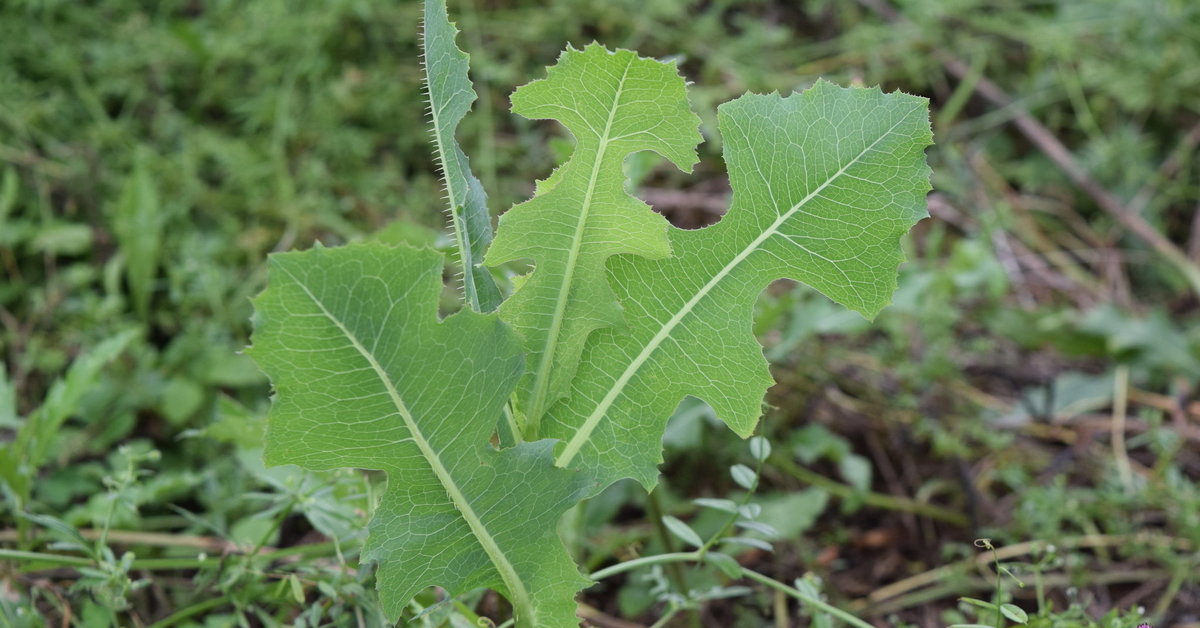
An annual native to Europe, Asia, and North Africa, introduced to North America where it is often considered invasive.
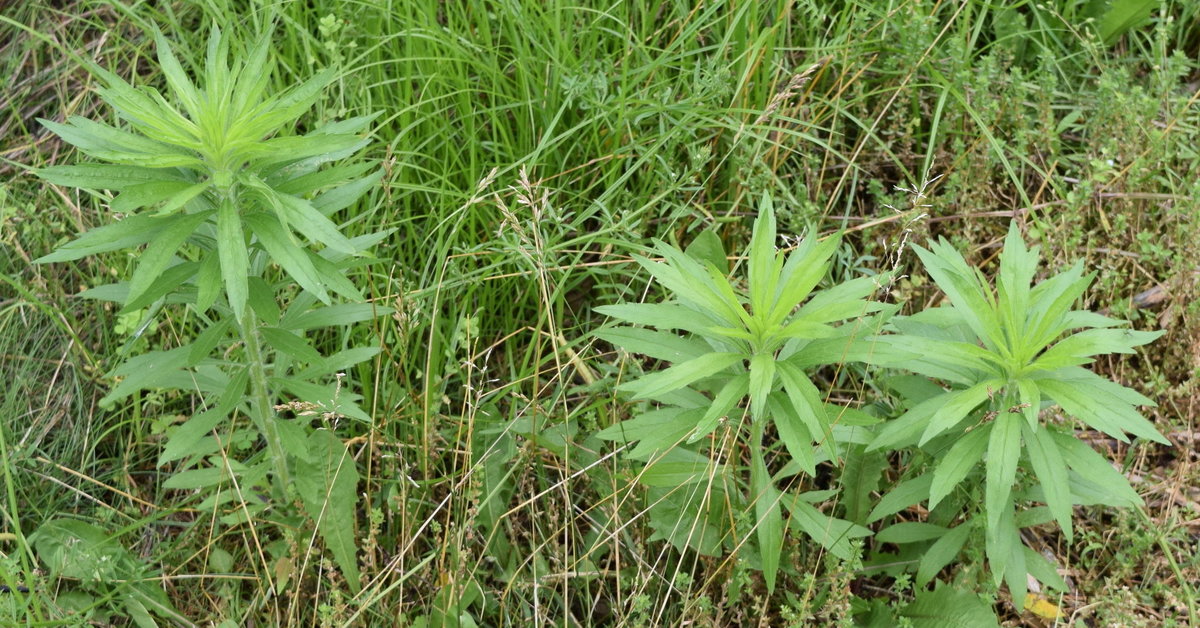
Horseweed is an annual plant, native to North America and widely distributed across the continent. It has been introduced to temperate zones in Asia, Europe, and Australia. It is a frequent weed in agricultural lands, especially in no-till agriculture.
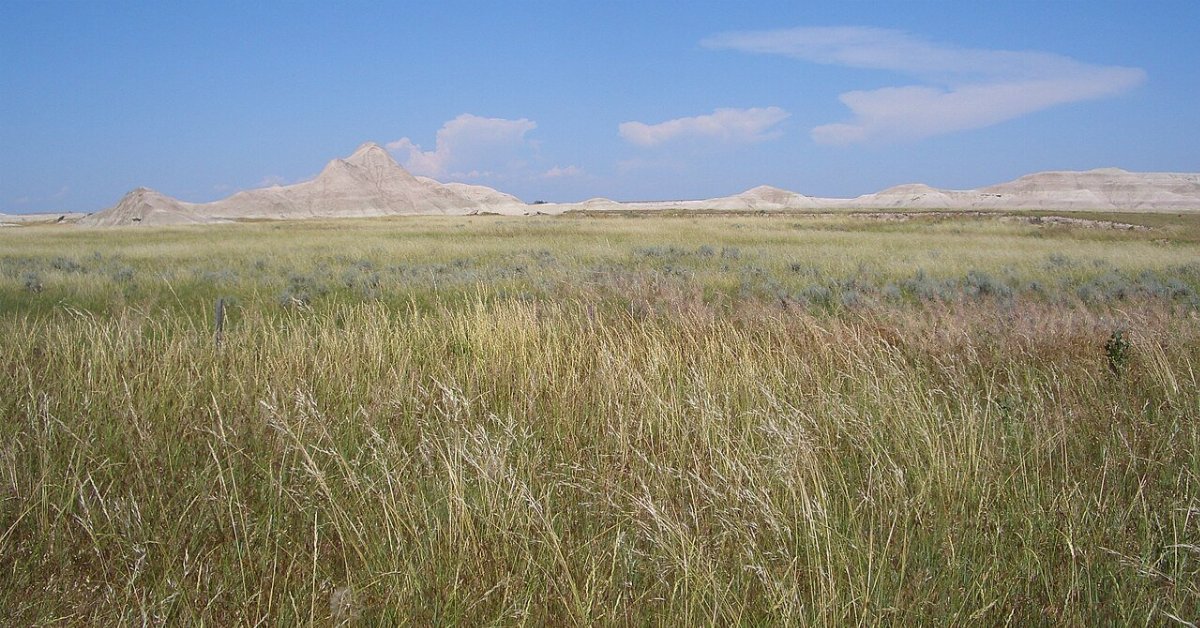
The northernmost unglaciated portion of the Great Plains with mixed-to-shortgrass prairie, and isolated badlands and buttes.

A region originally covered in mixed-grass to shortgrass prairie, covering the westernmost limits of glaciation.
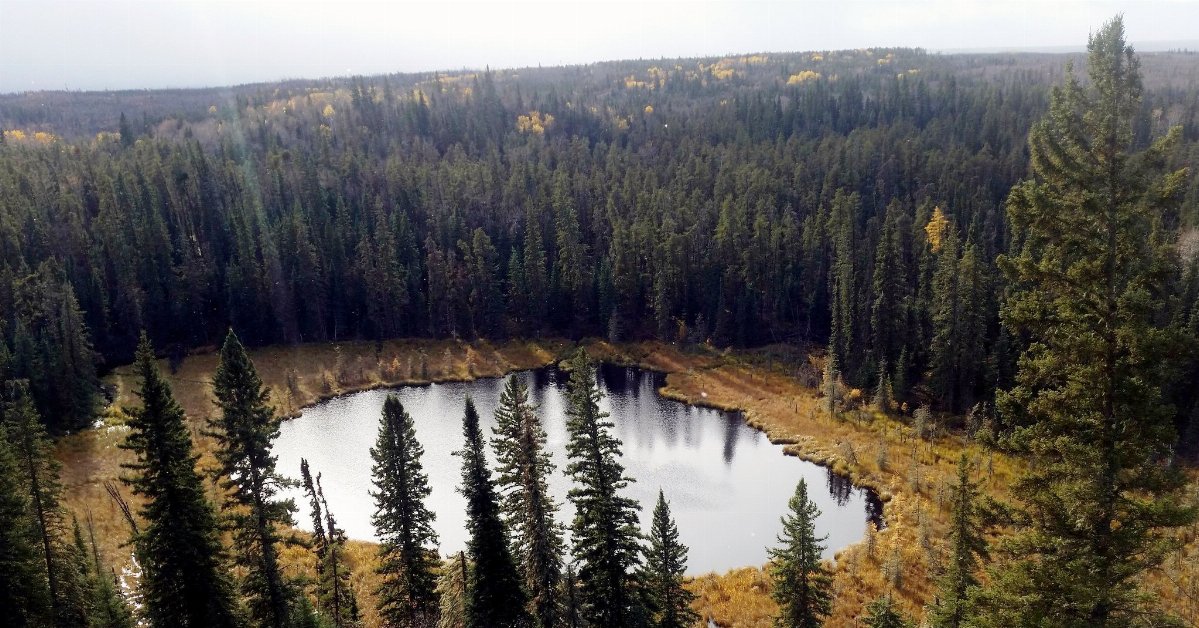
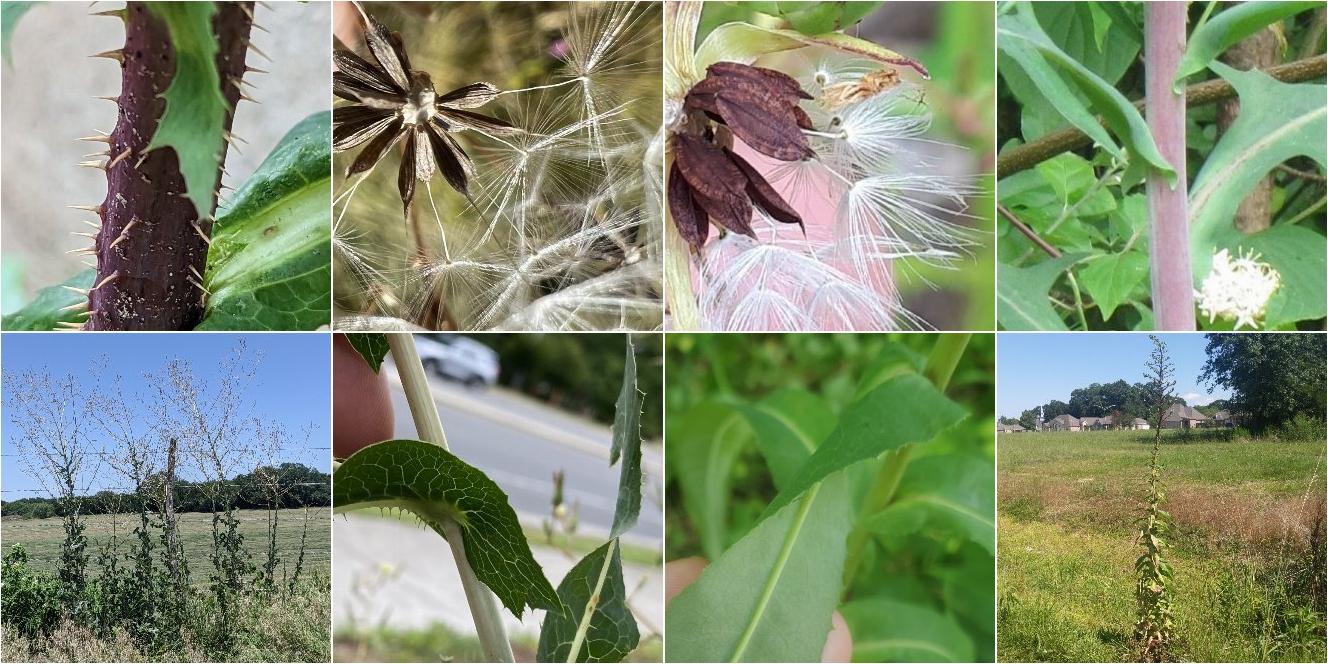
These two lettuces, one native and one introduced and invasive, are sometimes confused. Although they are usually easy to distinguish, it can be hard to learn how to do so because of high variability within each species. Close examination of the seeds, or presence/absence of prickles are most reliable for ID, whereas the other traits are largely-overlapping. L. serriola ranges farther west and favors drier, sunnier, more barren habitats, in the east strongly favoring anthropogenic habitats, whereas L. canadensis ranges farther north and south in the east, tolerates more shade, and prefers moister, richer soil and more competing vegetation.
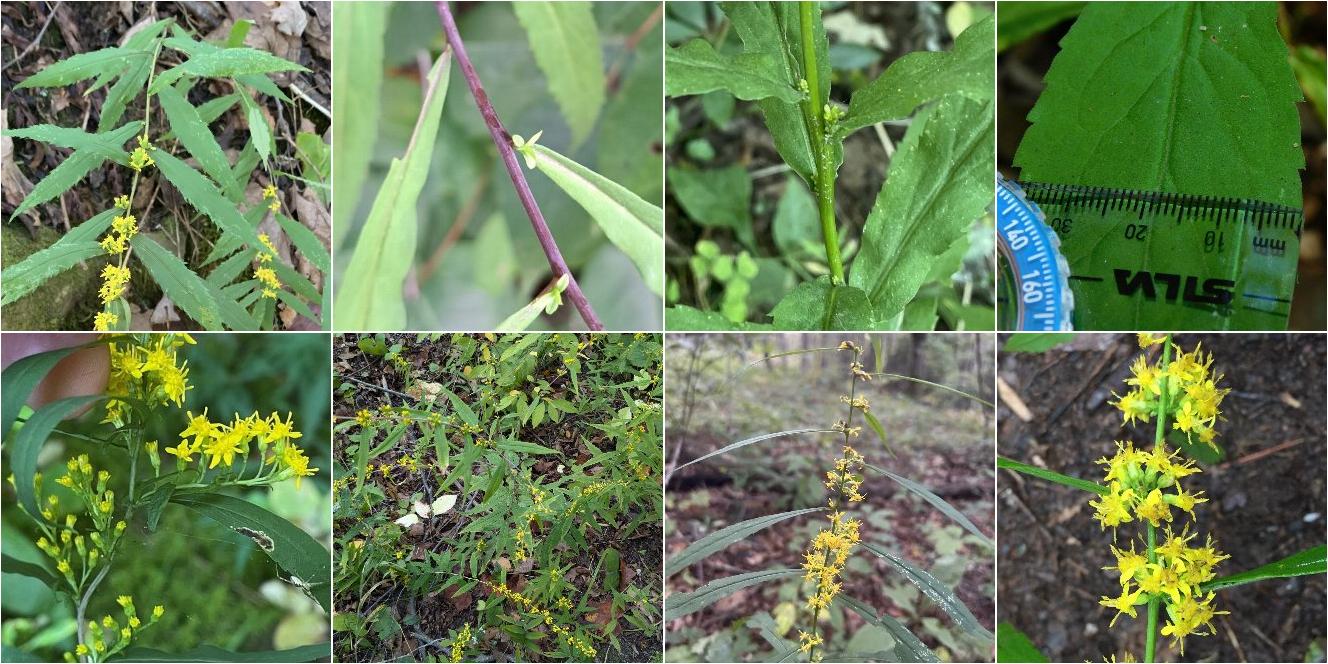
These two species are closely-related, visually similar, and occupy similar habitats. They can usually be distinguished by closely examining their stems, growth habit, and lower leaves, and they have a few other subtle differences. S. curtisii is restricted to the Southern Appalachians, prefers moister conditions, and tolerates greater shade. S. caesia has a much broader range, is more common at lower elevations, and ranges into sunnier, drier conditions.
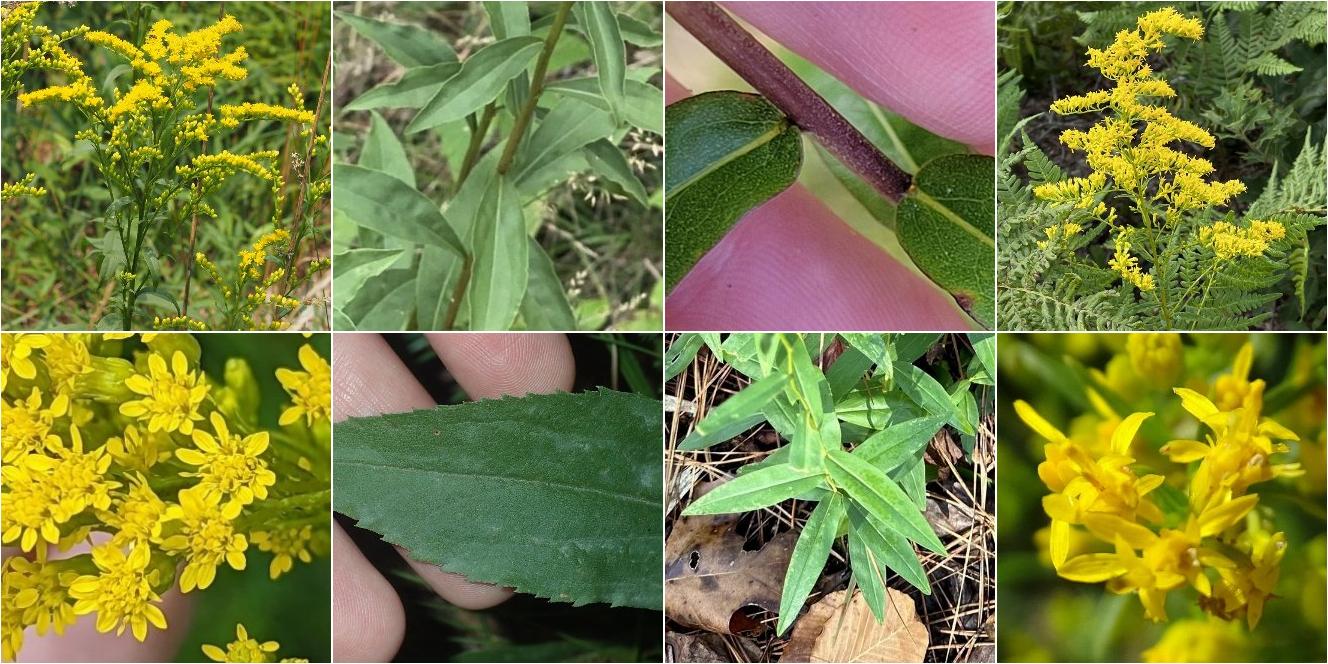
These two goldenrods are frequently confused in their small range of overlap. Both bloom early, have smooth leaves, upper leaves that lack serrations, and grow in dry habitats, often those with sandy, acidic soil. They are easily distinguished by inflorescence shape, floret count per flowerhead, leaf bases, and serrations on lower leaves. S. juncea ranges farther north, prefers more nutrient-rich, less-acidic soil, and is more likely in anthropogenic or human-disturbed habitats. S. odora ranges farther south and is strictly limited to sites with acidic, nutrient-poor soils, but less likely on sites disturbed or altered by humans.
